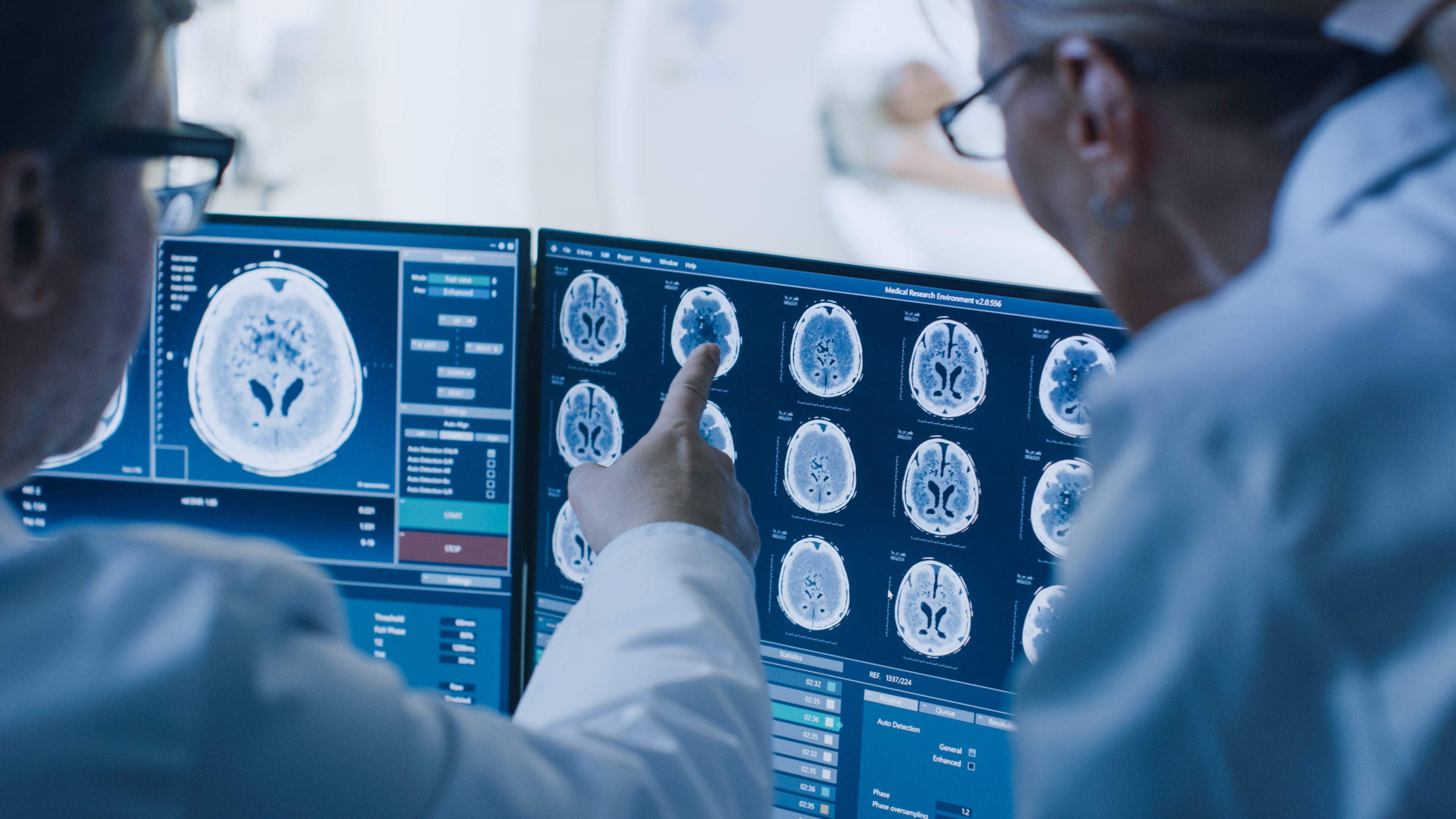Strategic Priorities

We have identified four broad scientific areas where we see potential for high impact advances in the science and treatment development for misophonia:
- Focus on interdisciplinary science and collaboration
Through grant funding and scientific convenings, we aim to build a community of misophonia researchers to accelerate scientific progress. Our efforts will prioritize studies with functional collaboration among scientists and clinicians from disparate disciplines (audiology, psychology, and neuroscience). Further, we will promote data sharing and contributions to the peer review process, as well as evaluate the incorporation of consensus criteria and metrics to allow for comparison across studies.
- Build a fundamental understanding of misophonia
A number of studies have confirmed the presence of misophonic reactions in a subset of the population and have implicated a number of specific physiological systems as important. However, recent research suggests that there is additional complexity that was previously unrecognized. Furthermore, there are no published studies describing the development of misophonia, how it changes over time, or the impact of social context.
Based on these findings, we are focused on funding studies that help to elucidate what misophonia is and how it develops, including: interdisciplinary patient characterization of misophonia, pediatric and adolescent studies, assessment of neurological structure and activity, and longitudinal studies.
- Support the development of diagnostic tools
There is an acute need for diagnostic tools to characterize misophonia within a population. The ideal tool would allow rapid, non-invasive, objective assessment to determine if an individual suffers from misophonia and to what degree. The development of such a consensus self-assessment tool would allow comparison of research across the field.
- Drive increased rigor in misophonia clinical studies
We will support the use of randomized control trials to further research on possible treatments for misophonia. Further clinical studies should include comparative efficacy studies and new treatment approaches.


